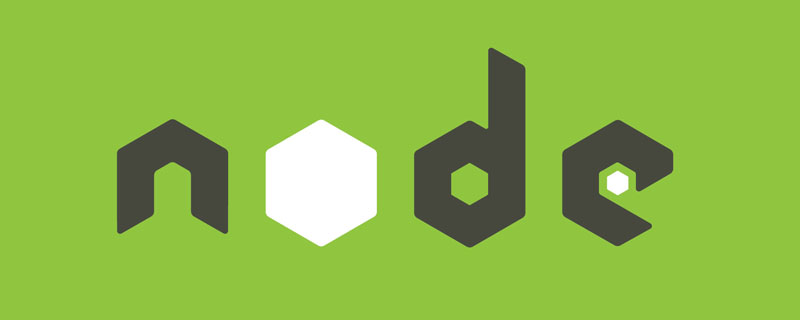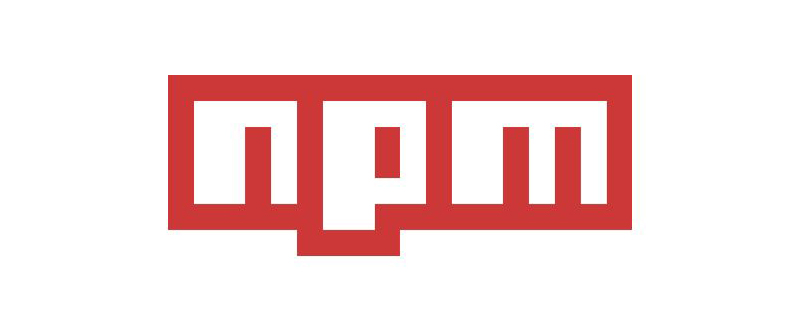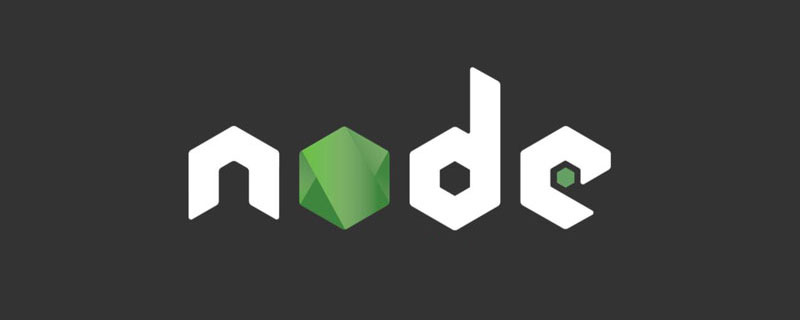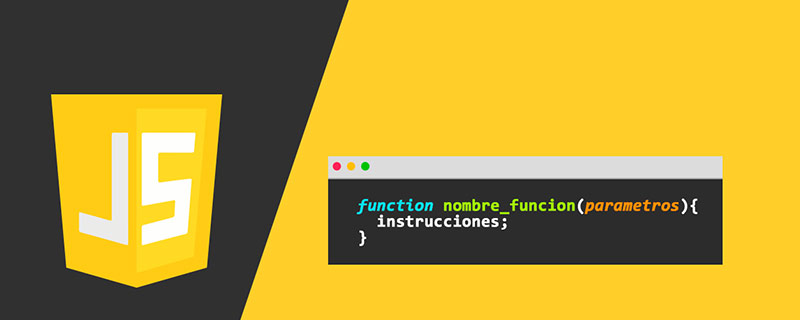 Web Front-end
Web Front-end JS Tutorial
JS Tutorial A brief analysis of the Readable object in the Stream module of Node.js_node.js
A brief analysis of the Readable object in the Stream module of Node.js_node.jsI have always been reluctant to talk about nodejs, because from the first time I saw it, I thought its design was really disgusting. But there is no way, the Stream specification has not been popularized yet, and there are indeed many things that rely on the nodejs stream to implement, so I can only hold my nose and bite the bullet and pull it out. This smells and is hard. The nodejs stream object.
Nodejs comes with a module called stream. By introducing it, you can get a set of stream object constructors. Now I only talk about the simplest stream.Readable.
In fact, almost everyone who has used nodejs has come into contact with Readable instances, but they just don’t pay much attention to them. A very typical example. In the http module, we will have req and res objects when processing each request. Req is actually a Readable object. We can read the entity part of the HTTP request in the form of a stream on this req.
So the question is, why is the http module designed in a streaming manner here? Or to ask this question from another dimension is "How does nodejs obtain the content of the POST request?". Students who know how to use search engines can definitely find such an answer easily: listen to the data event to collect data, and merge the collected data in the end event. Yes, this is the solution to this problem. But why is it designed this way? How great would it be to be able to get the POST content directly like PHP? In fact, this design is beneficial. If the data we receive is illegal, I can detect it immediately, respond and disconnect. This can avoid some unnecessary transmission costs. For example, when uploading a picture, maybe the user mistakenly selects a large executable file. We don't need to wait until the file is completely uploaded. We only need a few bytes in the file header to determine whether a file is a picture. Using the stream design here, you can first read out the first few bytes for use.
The data event and end event mentioned above are both Readable events. These two events indicate the receipt of data and the completion of data reception respectively. So in fact, we already know the usage of Readable, but many people don't know that it is a Readable object.
But the above two events are only events for consumers of Readable. How does it push a piece of data internally into the Readable object so that Readable can trigger these events? Then it's the push method. Here is an example that creates a Readable object that streams an incrementing number (babel-node is used here)
import stream from 'stream';
var r = new stream.Readable;
r.on('data', data => {
console.log(data + '');
});
r.on('end', data => {
console.log('end');
});
r._read = () => {
// console.log('before read');
};
void function callee(i) {
if(i < 10) {
r.push(i + ''); // 只能传入字符串或 Buffre 对象
} else {
r.push(null); // 当输入一个 null 时表示流传输完成,触发 end 事件
}
setTimeout(callee, 500, i + 1);
}(0);
If you look carefully at the above code, you will find a very magical place. This code overrides the _read method. What the hell is this? In fact, I also think this is a pitfall. I won’t complain about this private naming style. Why do I have to override this method to implement it? If this method is not overridden, an exception will be thrown when calling push:
Error: not implemented at Readable._read (_stream_readable.js:464:22) at Readable.read (_stream_readable.js:341:10)
The above are the basic usage of Readable objects. But there are more pitfalls to step on. This article is just the simplest introduction to let everyone learn how to create a Readable object that can output data. As for some basic methods such as read, these are also one of the unscientific designs anyway.
 Vercel是什么?怎么部署Node服务?May 07, 2022 pm 09:34 PM
Vercel是什么?怎么部署Node服务?May 07, 2022 pm 09:34 PMVercel是什么?本篇文章带大家了解一下Vercel,并介绍一下在Vercel中部署 Node 服务的方法,希望对大家有所帮助!
 node.js gm是什么Jul 12, 2022 pm 06:28 PM
node.js gm是什么Jul 12, 2022 pm 06:28 PMgm是基于node.js的图片处理插件,它封装了图片处理工具GraphicsMagick(GM)和ImageMagick(IM),可使用spawn的方式调用。gm插件不是node默认安装的,需执行“npm install gm -S”进行安装才可使用。
 一文解析package.json和package-lock.jsonSep 01, 2022 pm 08:02 PM
一文解析package.json和package-lock.jsonSep 01, 2022 pm 08:02 PM本篇文章带大家详解package.json和package-lock.json文件,希望对大家有所帮助!
 怎么使用pkg将Node.js项目打包为可执行文件?Jul 26, 2022 pm 07:33 PM
怎么使用pkg将Node.js项目打包为可执行文件?Jul 26, 2022 pm 07:33 PM如何用pkg打包nodejs可执行文件?下面本篇文章给大家介绍一下使用pkg将Node.js项目打包为可执行文件的方法,希望对大家有所帮助!
 分享一个Nodejs web框架:FastifyAug 04, 2022 pm 09:23 PM
分享一个Nodejs web框架:FastifyAug 04, 2022 pm 09:23 PM本篇文章给大家分享一个Nodejs web框架:Fastify,简单介绍一下Fastify支持的特性、Fastify支持的插件以及Fastify的使用方法,希望对大家有所帮助!
 node爬取数据实例:聊聊怎么抓取小说章节May 02, 2022 am 10:00 AM
node爬取数据实例:聊聊怎么抓取小说章节May 02, 2022 am 10:00 AMnode怎么爬取数据?下面本篇文章给大家分享一个node爬虫实例,聊聊利用node抓取小说章节的方法,希望对大家有所帮助!
 手把手带你使用Node.js和adb开发一个手机备份小工具Apr 14, 2022 pm 09:06 PM
手把手带你使用Node.js和adb开发一个手机备份小工具Apr 14, 2022 pm 09:06 PM本篇文章给大家分享一个Node实战,介绍一下使用Node.js和adb怎么开发一个手机备份小工具,希望对大家有所帮助!
 图文详解node.js如何构建web服务器Aug 08, 2022 am 10:27 AM
图文详解node.js如何构建web服务器Aug 08, 2022 am 10:27 AM先介绍node.js的安装,再介绍使用node.js构建一个简单的web服务器,最后通过一个简单的示例,演示网页与服务器之间的数据交互的实现。


Hot AI Tools

Undresser.AI Undress
AI-powered app for creating realistic nude photos

AI Clothes Remover
Online AI tool for removing clothes from photos.

Undress AI Tool
Undress images for free

Clothoff.io
AI clothes remover

AI Hentai Generator
Generate AI Hentai for free.

Hot Article

Hot Tools

MantisBT
Mantis is an easy-to-deploy web-based defect tracking tool designed to aid in product defect tracking. It requires PHP, MySQL and a web server. Check out our demo and hosting services.

Atom editor mac version download
The most popular open source editor

Dreamweaver Mac version
Visual web development tools

Notepad++7.3.1
Easy-to-use and free code editor

SublimeText3 English version
Recommended: Win version, supports code prompts!





